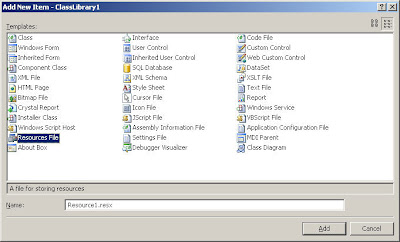The word "delegate" means "to represent another". A delegate in .NET is just another type, like class or string is a type. A delegate "represents another" method. I'll give examples of using a delegate next to a class so you can see some similarities in how they are used.
Declaring
// 1. Declare it.
public delegate int PerformCalculation(int x, int y);
public class Person
{
public string GetName()
{
return "Mark";
}
}
So it is like declaring any other type except instead of a variable name, you will be using a method signature. The method name (PerformCalculation) is how you reference the delegate.
You declare the variable "PerformCalculation" as the type "delegate". Think of it as defining a method signature (just like you would in an interface) and then putting the word "delegate" in front of it.
Assigning a Value
public void CreateAndUse()
{
// 2. Assign a value.
PerformCalculation calc = AddNumbers;
Person person = new Person();
}
public int AddNumbers(int number1, int number2)
{
return number1 + number2;
}
See how methods, like AddNumbers, are treated just like objects here? I assign it to my PerformCalculation delegate type. Make sure the signatures are similar.
Using It
// 3. Use it.
int sum = calc(1, 2);
string name = person.GetName();
Remember, your delegate is used to "represent another" method. So when you go to use it, you use it (call it) like a method.
Passing It
Like any object, you can pass it into methods or return it from methods. Here is an example of passing it into a method:
// 4. Pass it.
calc = SubtractNumbers;
string result = CalculateFreeSpace(calc, person);
//...
private int SubtractNumbers(int number1, int number2)
{
return number1 - number2;
}
private string CalculateFreeSpace(PerformCalculation calc, Person person)
{
int maxLength = 50;
int freeSpace = calc(maxLength, person.GetName().Length);
return string.Format("Free Space Left: {0}", freeSpace);
}
Before I passed as a parameter into the CalculateFreeSpace method, I decided to have it represent a different method with a similar signature.
Pretty interesting, huh? Here, I am injecting customized functionality into the method.
This opens up possibilities to you. You can use this as a way of doing your unit testing. Perhaps the delegate you pass in really calls a SQL Server. So before your unit test calls the method to be tested, you create your delegate to return a hard-coded result instead of calling your SQL Server.
I will be talking more about delegates tomorrow as well.
More Info:
MSDN: Delegates







